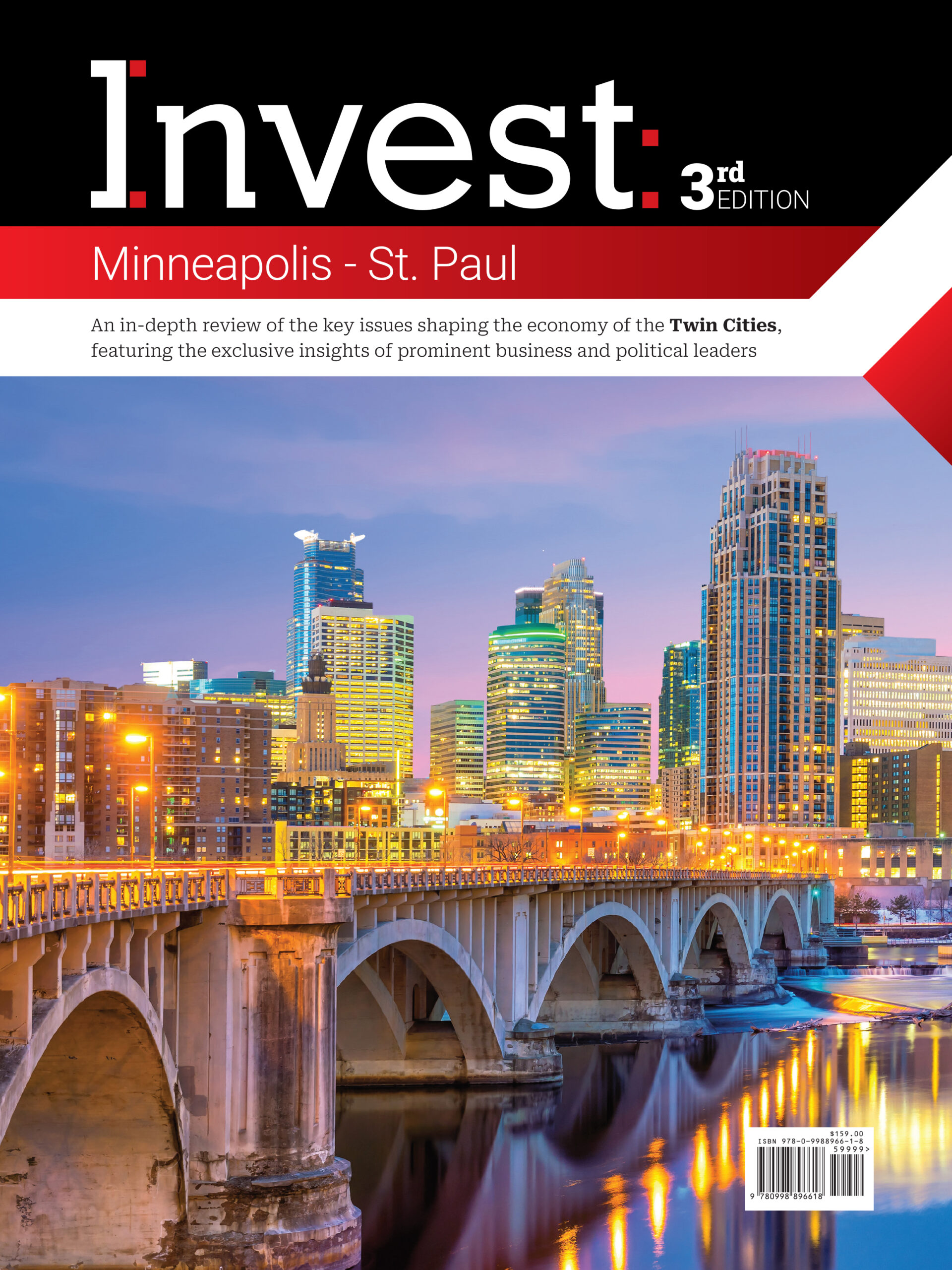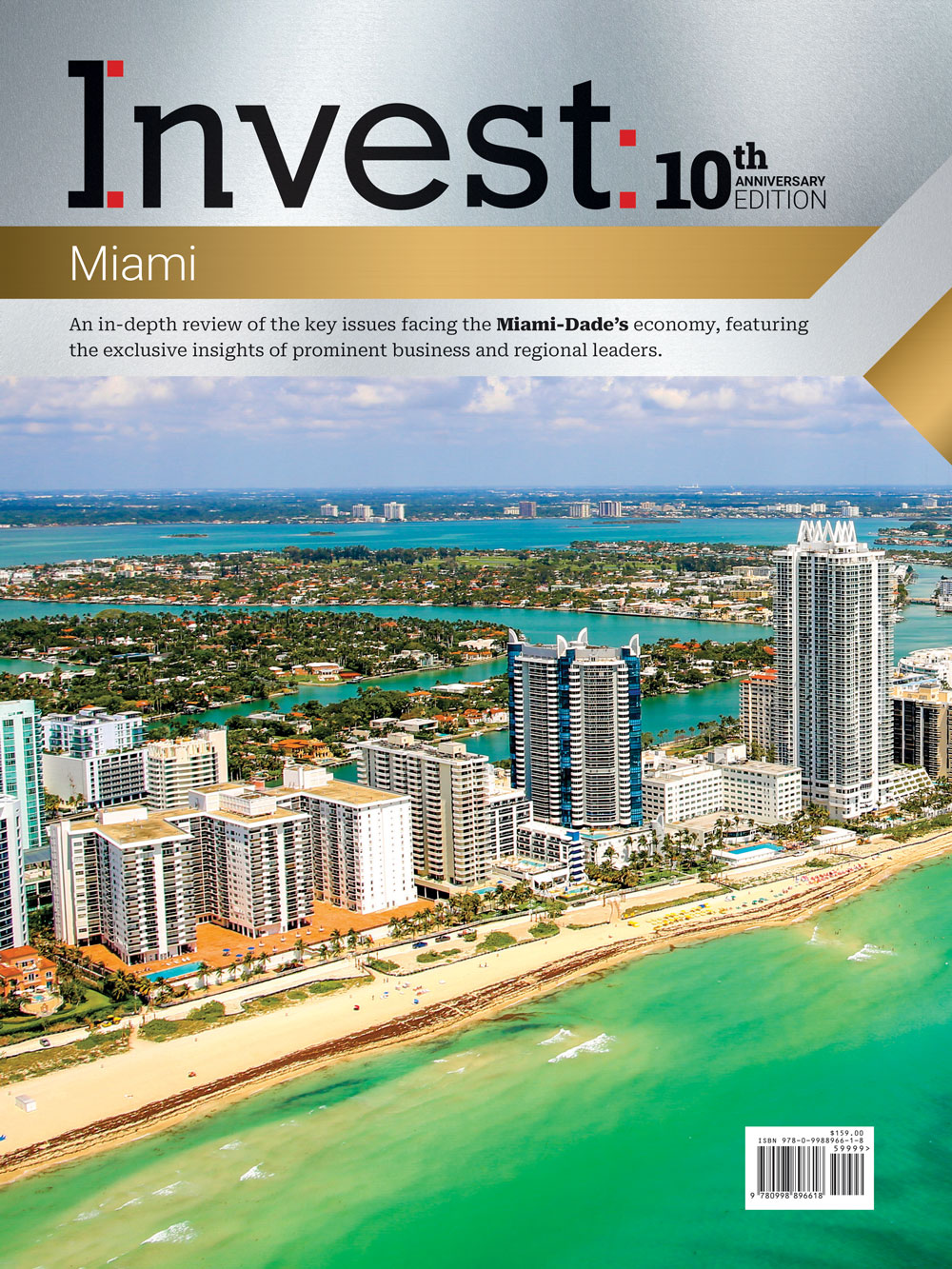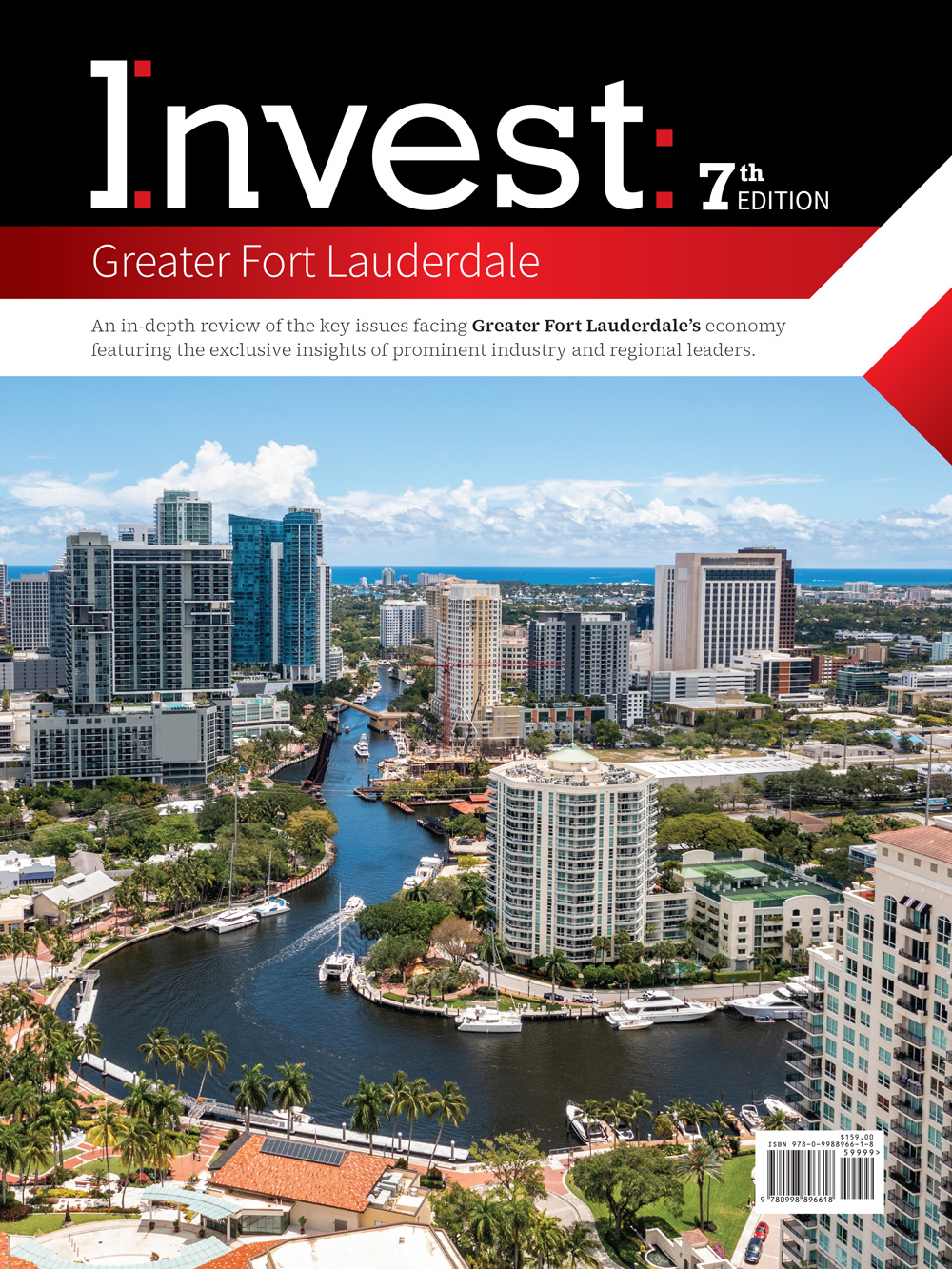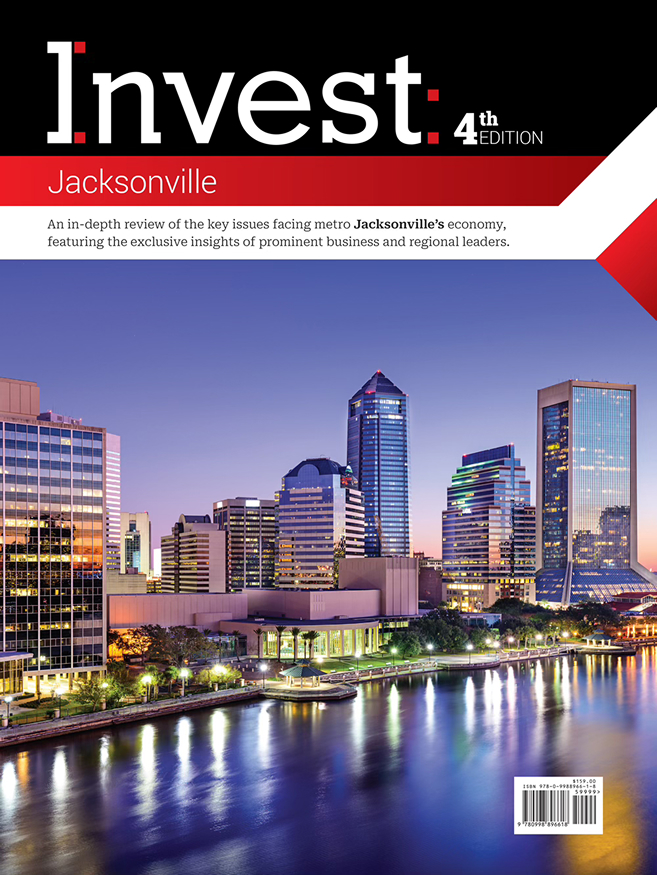San Antonio hotel revenue up, still trails Austin
Writer: Jerrica DuBois
 October 2023 — As growth and expansion along the I-35 corridor continues to move San Antonio and Austin toward one big corridor, friendly competition persists as metrics across industries are measured. San Antonio, known for being touristy with its rich culture and heritage, where Austin is more bustling as a business hub, has continued to grow and become a competitive force in the market.
October 2023 — As growth and expansion along the I-35 corridor continues to move San Antonio and Austin toward one big corridor, friendly competition persists as metrics across industries are measured. San Antonio, known for being touristy with its rich culture and heritage, where Austin is more bustling as a business hub, has continued to grow and become a competitive force in the market.
According to Source Strategies data for the most recent reporting period, greater San Antonio’s roughly 57,600 rooms generated just under $429.6 million in revenue. In contrast, Austin pulled in $617 million, with 58,000 rooms for the period.
“The Austin lodging market is growing much more rapidly than the San Antonio market,” Source Strategies Senior Vice President Paul Vaughn said in a statement. “High rates and occupancies attract more development and we have been seeing this over the last decade plus. More aggressive marketing to counter in-state competition is a must.”
This doesn’t negate the economic impact of the hospitality industry for Alamo City. Nearly 35 million people visited San Antonio last year, spending a record $19 billion in the region, according to a study commissioned by a group of tourism organizations including Visit San Antonio and the San Antonio Hotel & Lodging Association.
Visitor spending is key because it has a multiplier effect; each dollar spent generates another dollar of economic revenue. Increased tourist activity is a direct boost to city revenue, as visitors pay the majority of hotel occupancy and rental car taxes. Last year, Bexar County amassed $31 million in visitor-related tax revenue. The funds also go to support local school districts, the University Health System and VIA Metropolitan Transit.
READ MORE: Gauging San Antonio’s tourism growth trajectory
“It’s still one of the most important industries in San Antonio, and not just for its immediate economic impact,” Richard Butler, economics professor emeritus at Trinity Uni said in a statement. “San Antonians enjoy a better quality of life. Think about how many fewer restaurants and museums and attractions and so on we’d have if we didn’t have the visitors to patronize them.”
San Antonio tourism is showing continued signs of growth, and capitalizing on the return of group and convention business will be key. The city logged 586 meetings and conventions this year, according to Visit San Antonio. While there were decreases during the years of the pandemic, there is surprisingly even a slight increase from 2018, which logged 582 meetings.
To continue attracting these events and beat out other cities for their business, facility upgrades are needed in San Antonio. The convention center could be expanded, and according to Visit San Antonio, that lack of space costs the city over $525 million in potential revenue from conferences over the past five years. Increasing convention business will also require adequate inventory, and according to Doak Walker, executive vice president of Presidian Hotels, there is room for more hotels.
“San Antonio is such an exceptional destination for both the group and leisure customer,” Walker told Invest:. “With both business travel and the group segment continuing to return to pre-pandemic levels, I believe the city would benefit most from more experiential and soft branded hotels that offer unique and personalized experiences.”













